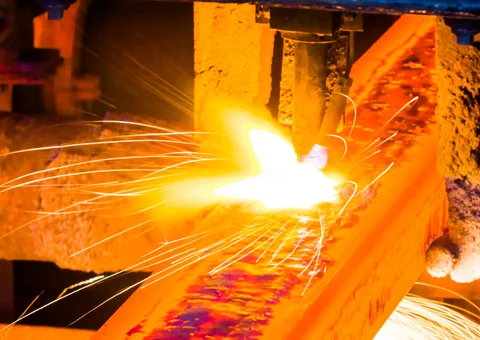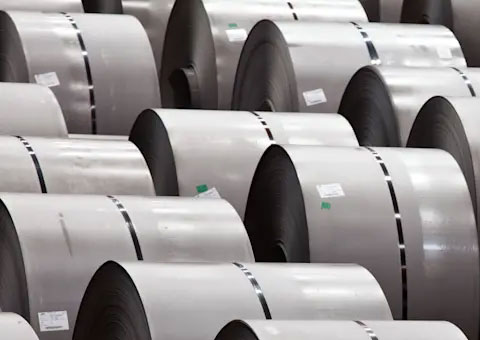In August 2025, the iron ore market was marked by increased volatility, but at the end of the month, prices returned to levels close to those in July. January futures on the Dalian Commodity Exchange (DCE) stood at $107.9/t as of September 1, up only 0.2% from the beginning of August, while October contracts on the Singapore Exchange stood at $101.35/t, down 0.4% for the month. This indicates that despite active fluctuations, the market ended August in relative equilibrium.
The main factor influencing prices remained restrictions on steel production in China. Starting in mid-August, blast furnaces in Tangshan and Henan were shut down en masse and sinter production was reduced by 30-50% due to environmental requirements and preparations for a military parade in Beijing. This sharply reduced iron ore consumption, putting pressure on prices.
At the same time, there were also supporting factors. The temporary suspension of work on the Simandou mining project in Guinea raised concerns about future supplies of high-quality ore, which fueled demand in the second half of August. Speculation about a possible rate cut by the US Federal Reserve, which could increase investor appetite for commodities, provided an additional stimulus. Such news temporarily pushed prices above $102-104/t on the Singapore Exchange.
Unstable demand also created conflicting sentiments. On the one hand, data from the China Iron and Steel Association (CISA) showed an increase in pig iron and steel production in August, which supported the market. On the other hand, high stocks of finished rolled products and a weak construction sector continued to put pressure on prices, forcing traders to act cautiously.
Overall, August can be described as a month of balancing between the negative impact of production restrictions and positive news on the supply side. As a result, average monthly fluctuations did not change the overall trend, with the market remaining in the $98-104/t range.
At the beginning of September, blast furnaces are expected to resume operation after the parade, which may boost demand for ore in the short term. At the same time, the market will remain vulnerable due to the possibility of a new round of steel production restrictions and subdued demand in the construction sector. Most likely, prices will fluctuate in the range of $100-105/t in September, remaining close to current levels with minor deviations depending on the pace of demand recovery and news from Guinea.
As reported by GMK Center, Moody’s expects iron ore prices to remain at $80-100/t in the next 12-18 months. This forecast is due to weak demand from China and high supply on the global market.
A similar view was expressed by analysts at BMI Country Risk and Industry Research. They maintain their forecast for the average annual price for 2025 at $100/t, although they acknowledge the pressure from weak demand.

